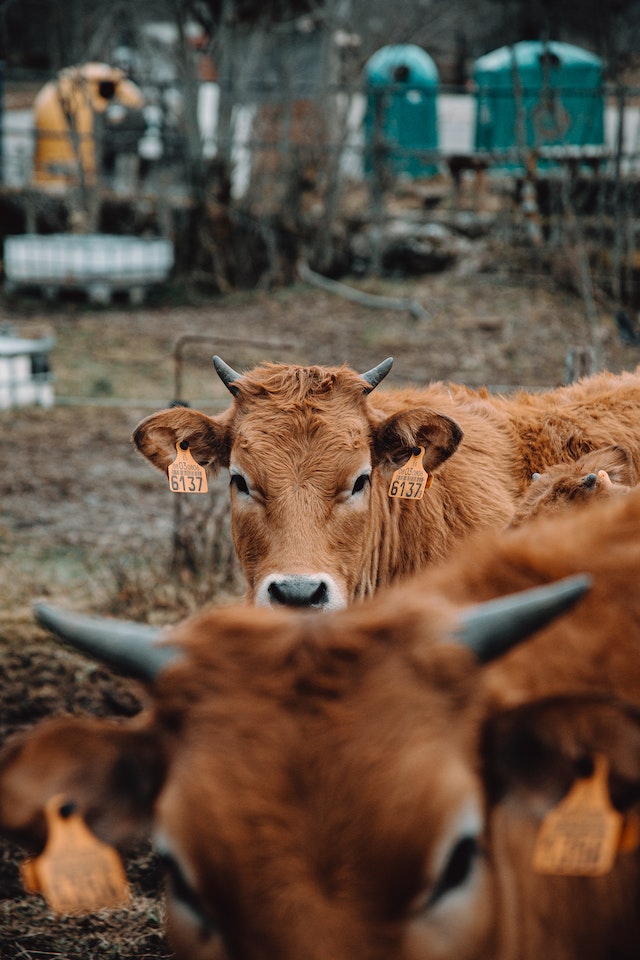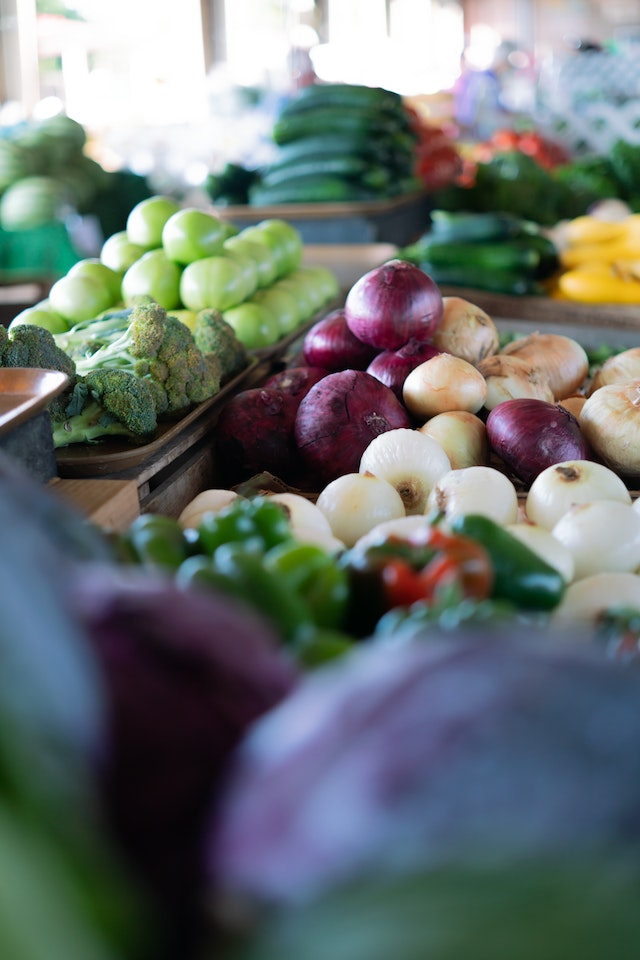The world is facing a food crisis. In 2022, more than 250 million people in 58 countries faced acute food insecurity, according to a recent report from the United Nations (UN). This was a significant increase from 2021 when 193 million people in 53 countries were impacted. “Some are on the brink of starvation. That’s unconscionable,” António Guterres, the UN Secretary-General, said before calling for “fundamental, systemic change.”
There are a few key drivers contributing to the situation, notes the latest Global Report on Food Crises. Firstly, economic shocks from the pandemic and conflicts all over the world. But extreme weather, driven by the climate crisis, is also having a major impact. In fact, “climate extremes” are the primary driver of acute food insecurity for more than 56 million people in 12 countries, notes the UN.
But it’s also important to note that conflict, economic shocks, and extreme weather patterns can feed into each other, “creating spiraling negative effects on acute food insecurity and nutrition.” This is why the United Nations is calling for the international community to tackle the “root causes” of these issues. And for extreme weather, a growing body of research confirms that the root cause is human-driven emissions—much of which comes from the food industry.
Here’s why, when it comes to tackling hunger around the world, for many reasons, the transformation of global and local food systems is essential.
 Pexels
Pexels
Meat increases emissions, which drives food insecurity
A significant percentage of those facing acute food insecurity are located in the Horn of Africa, which is the easternmost part of the African mainland and includes Ethiopia and Somalia. In fact, according to the UN, more than half of the people facing “catastrophe levels of acute hunger” in 2022 are in Somalia.
The country has not only been dealing with civil war but also devastating drought since 2020. So far, the situation has affected around 50 million people across the entire Horn of Africa. And in April 2023, scientists confirmed that human-driven climate change is causing the extremely dry conditions.
“People in the Horn of Africa are no strangers to drought, but the duration of this event stretched people beyond their ability to cope,” Cheikh Kane of the Red Cross Red Crescent Climate Centre told the Guardian. “Five consecutive seasons of below-normal rainfall combined with rain-dependent livelihoods and vulnerability multipliers like conflict and state fragility have created a humanitarian disaster.”
Many industries are driving up emissions and exacerbating the climate crisis, but it’s hard to overstate the impact of animal agriculture. It accounts for around 14.5 percent of global greenhouse gasses and is the world’s biggest source of methane emissions. The latter is a greenhouse gas 25 times more potent than carbon dioxide.
Animal agriculture is also a major driver of deforestation, water pollution, and ocean dead zones. The latter not only leads to the destruction of marine life but is also a significant source of nitrous oxide, a greenhouse gas 300 times more powerful than carbon dioxide.
 Pexels
Pexels
A plant-based food system is more efficient
A number of experts have called for a worldwide drop in meat consumption to tackle the climate crisis and the extreme weather patterns it is perpetuating around the world. But in 2022, one study called out Western countries, in particular, for their animal product-heavy diets.
The study from the University of Bonn in Germany urged countries like the US and those in Europe—where the average consumer eats around 80 kilograms of meat per year—to cut meat consumption by at least 75 percent. “If all humans consumed as much meat as Europeans or North Americans, we would certainly miss the international climate targets and many ecosystems would collapse,” lead researcher Matin Qaim said.
“We therefore need to significantly reduce our meat consumption, ideally to 20 kilograms or less annually,” he added. “The war in Ukraine and the resulting shortages in international markets for cereal grains also underline that less grain should be fed to animals in order to support food security.”
Qaim’s statement underlines another key point: the meat industry isn’t just damaging to the environment, it also isn’t the most efficient use of resources.
In 2022, Steve Howard of Singapore’s global investment company Temasek also pointed out the fact that, while only 18 percent of calories come from livestock, 80 percent of agricultural land is used for farm animals. “More plant-based protein, more alternative proteins—that can really build in food security,” he said to CNBC.
The Good Food Institute, a nonprofit dedicated to alternative protein innovation, also notes that one-third of the global grain supply is being used for animal feed. “Only a fraction of that is converted into edible protein,” a report by the organization’s CEO, Bruce Friedrich and Nigel Purvis, the CEO of Climate Advisers, reads from October.
“This contributes to global food insecurity by pushing prices for grains and other crops used as animal feed higher than they would be otherwise, making it harder for the world’s poorest people to afford staple foods and leaving more people hungry or malnourished,” they continue.
In some areas of the world, organizations are already proving that plants can help people through tough periods of extreme weather. In Kenya, for example—which has also been experiencing intense drought, as well as the fallout from higher prices for staple imports like wheat, corn, and oil because of the Russian invasion of Ukraine—some locals have been experimenting with garden towers.
Around 10,000 of the towers, which include soil and plant seedlings, have been distributed across the country by the NGO 100 Humanitarians. And, while they do need a little bit of water, the towers present a more efficient, simple, sustainable solution to the food security problem for multiple struggling families.
“It is easy to set up, uses less space, and takes about two months for the vegetables to grow to maturity,” Marissa Waldrop, a program director for 100 Humanitarians, said to The Christian Science Monitor. “Also, the project uses less water, because water that would otherwise go to waste travels downwards through other plants in the tower. And soil used in the garden towers holds nutrients better than soil lying on the ground.”
For more on the climate crisis, read:
JUMP TO ... Latest News | Recipes | Guides | Health | Subscribe









